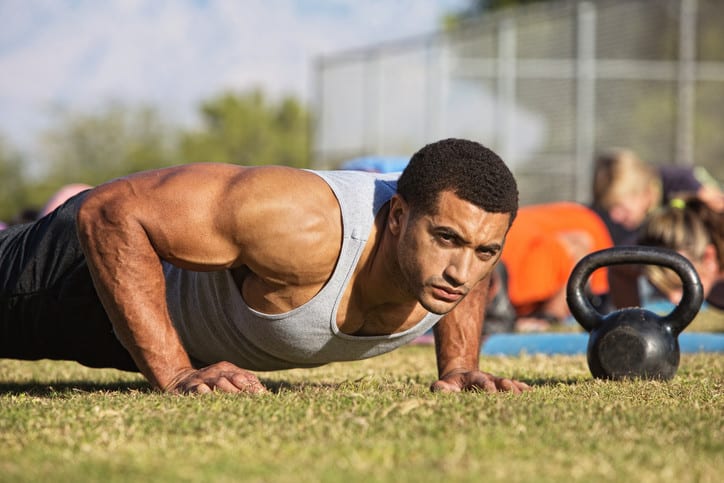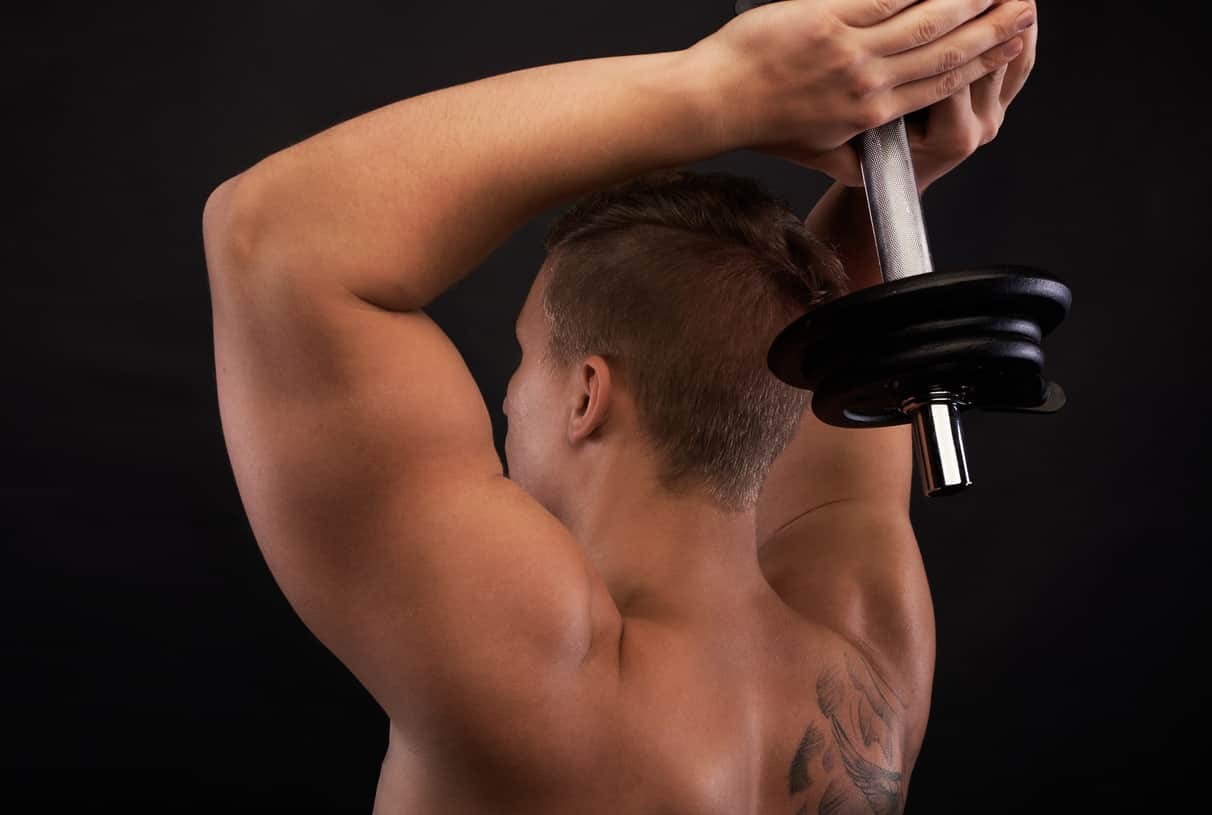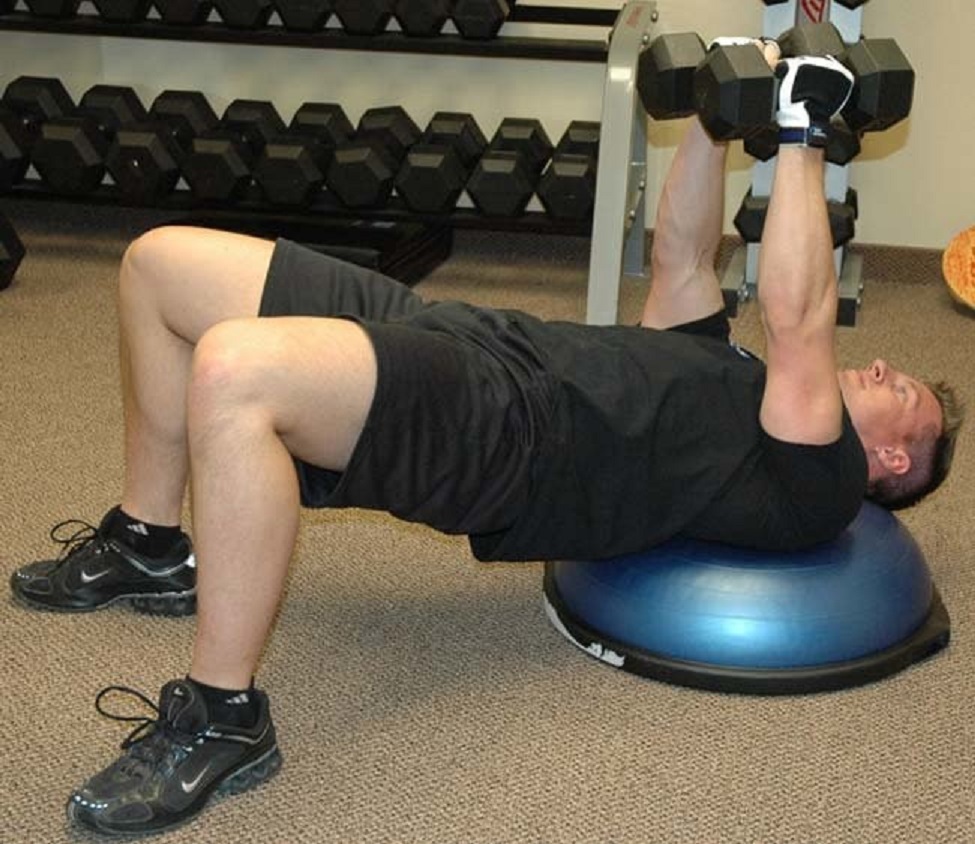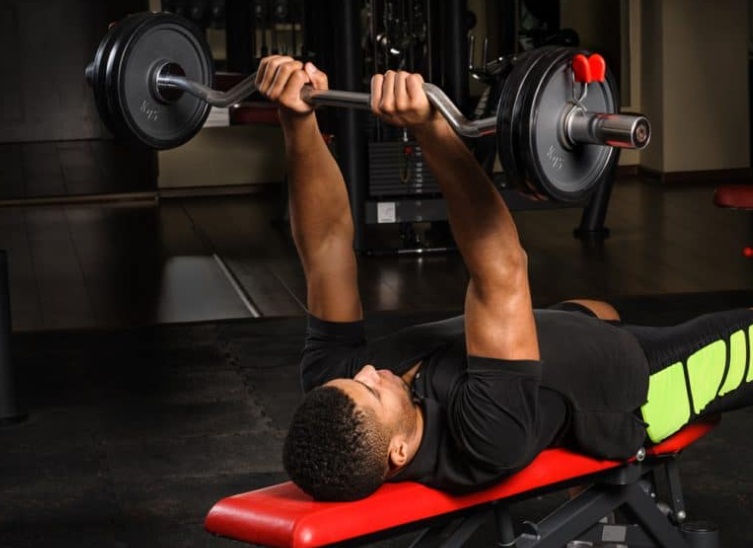- When asked of you folks to identify exercises that are considered overrated, the goal was to identify those and find a way to make them more beneficial.
- However, not every exercise received a favorable response. Let’s delve into the list and see if we can rescue some of these seemingly unpopular workouts.
- It’s interesting to note that triceps took the top spot in terms of the total number of exercises submitted. Some folks even submitted exercises that, while challenging, aren’t necessarily overrated but are just plain tough. Nonetheless, let’s kick things off with a personal favorite from the list: burpees.
- It appears that burpees have gained a notorious reputation, possibly owing to their demanding nature and the level of effort they require. If you’re among those who dislike them, let’s join forces to investigate whether we can reshape burpees into a more enjoyable and advantageous exercise. Ready to take it on? Let’s dive in.
Overrated or Underrated – The Burpee Dilemma
- Burpees are often hailed as the go-to exercise when trainers run out of other options. Let’s face it; judging the actual usefulness of burpees can be quite challenging.
- Sure, we can agree that burpees are tough, but when faced with alternatives like the assault bike or a rower, the preference might sway in a different direction. So, how can we salvage the seemingly overrated burpee?

- One suggestion is to add dumbbells to the mix, but this introduces unnecessary danger to an already challenging exercise. Some may take pride in elevating the difficulty by incorporating box jumps, but why not opt for box jumps directly?
- In essence, the verdict on burpees leans toward the overrated side.
Revamping Triceps Kickbacks
- Alright, let’s dive into the realm of triceps exercises, starting with the often-misunderstood kickbacks.
- Here’s the twist, though. Kickbacks can be a phenomenal exercise when you decide not to follow the herd. Forget the mindless back-and-forth using the momentum that renders them unrecognizable as a triceps workout.
- Instead, consider a bench set at a 45-degree angle. Layover it, grab two dumbbells with a supinated grip, and – a better connection instantly. Alternatively, if you’re up for a challenge or have lopsided triceps, set the bench higher, pin your shoulder against it, and go unilateral. This method strips away the momentum, focusing on strict form.

- But, ditch those dumbbells and go straight for cables. Adjust your body position or elbow angle for a perfect triceps engagement.
- Keep the elbow high or tuck it into your side for a shorter range of motion. The verdict? Kickbacks are underrated, but only if you steer clear of the typical, lackluster execution. So, kick those kickbacks up a notch, and let’s give this exercise the credit it deserves.
French Press Unveiled:
- Moving on to another often-attempted exercise: the French press. Understandably, it might feel like one is experimenting to figure out how many times they can accidentally hit themselves in the back of the head with a dumbbell in five minutes.

- However, the truth is, French presses – whether done with a dumbbell, an easy bar, seated, or standing – is, in fact, an underrated exercise.
- There’s just a catch: you need to approach them with the understanding that better results come from a shorter range of motion and a focus on a higher rep range.
- Here’s the catch: Trying to lift heavy weights during French presses could result in an unpleasant experience.
- However, if someone has a shoulder that’s a bit less impinged and allows for a more comfortable position, then there’s a workaround.
- A prior video showcased the technique of pressing up the elbow against a bench set at a steep incline during French presses. This adjustment enhances the movement and enables a more controlled and effective execution of the exercise.
- So, when it comes to French presses, the verdict is that they are underrated, but only if you tweak your approach to suit the demands of the exercise and your body.
The Bosu Ball
Now, let’s tackle the contentious subject of the bosu ball. Yes, the piece of equipment that some might argue stands for “both sides up” (and let’s be honest, most of us didn’t know that). While it takes great effort not to carve “overrated” into this thing immediately, there are two applications that can make the bosu ball a valuable addition to your workout arsenal.

Dominating Chest Workouts
- Firstly, for those struggling with anterior deltoids during chest exercises, the bosu ball can be a game-changer.
- By placing the bosu ball on the floor with the flat side up, you can pinch your shoulder blades together, pull your shoulders back, and keep them in contact with the bosu ball throughout the movement.
- This ensures that your chest dominates the exercise while providing support to your arms during the descent, making it slightly easier.
- This setup encourages the habit of opening up your chest before driving it up. Additionally, it facilitates a mechanical drop set for chest exercises, transitioning from an incline movement to a more horizontal position as you fatigue, and then tilting further for a decline movement, effectively targeting your chest from multiple angles in a single exercise.
Abdominal Intensity
- Secondly, the bosu ball shines when used for ab exercises. Lying on it like a decline bench and crunching into it while forcing your lower back against the ball can yield an incredibly intense contraction.

- This unique abs exercise stands out as one of the most effective, with no other comparable exercise delivering the same level of abdominal engagement. Moreover, it provides excellent support for individuals dealing with lower back issues.
- The Bosu ball is underrated, but only if used purposefully and with proper form. It can provide significant benefits for targeting muscles and offering support.
Rethinking the Classic: A Critical Look at the Traditional Flat Bench Press
Lastly, addressing the exercise that dominated the submissions—the traditional flat bench presses. For some people, this exercise might appear to be a direct route to pec tightness and discomfort. It’s inevitable that a few reps in, there’s a sensation of tightness in one of the Pecs as if it’s threatening to roll up into the armpit and cause havoc. Thus, for them, it’s an easy call—overrated.

Pec Tightness Woes
- For many, the flat bench press may lead to pec tightness, discomfort, and, in some cases, an unwelcome sensation akin to the muscles threatening to roll up into the armpit.
- This unique perspective underscores the need to critically evaluate the exercise’s effectiveness for individual experiences and preferences.
Recognition of Success Stories
- It’s crucial to acknowledge that many individuals do achieve great results with the flat bench press, and that’s great.
- This acknowledgment highlights the exercise’s proven track record for some but raises the question of whether it universally fits every fitness enthusiast’s needs and preferences.
Exploring Alternatives
- Nevertheless, there are superior alternatives, such as using dumbbells or opting for a slight incline on a Smith machine—essentially, exploring a range of options beyond the traditional flat bench press.
- This viewpoint encourages a diversified approach to chest training, recognizing the value of alternative exercises that might better align with individual comfort and goals.
The traditional flat bench press, although popular, invites a close look at how it aligns with individual experiences. The suggestion here is not to disregard its effectiveness but to prompt fitness enthusiasts to consider alternative exercises that might provide a more comfortable and personalized approach to meeting their chest training goals.









